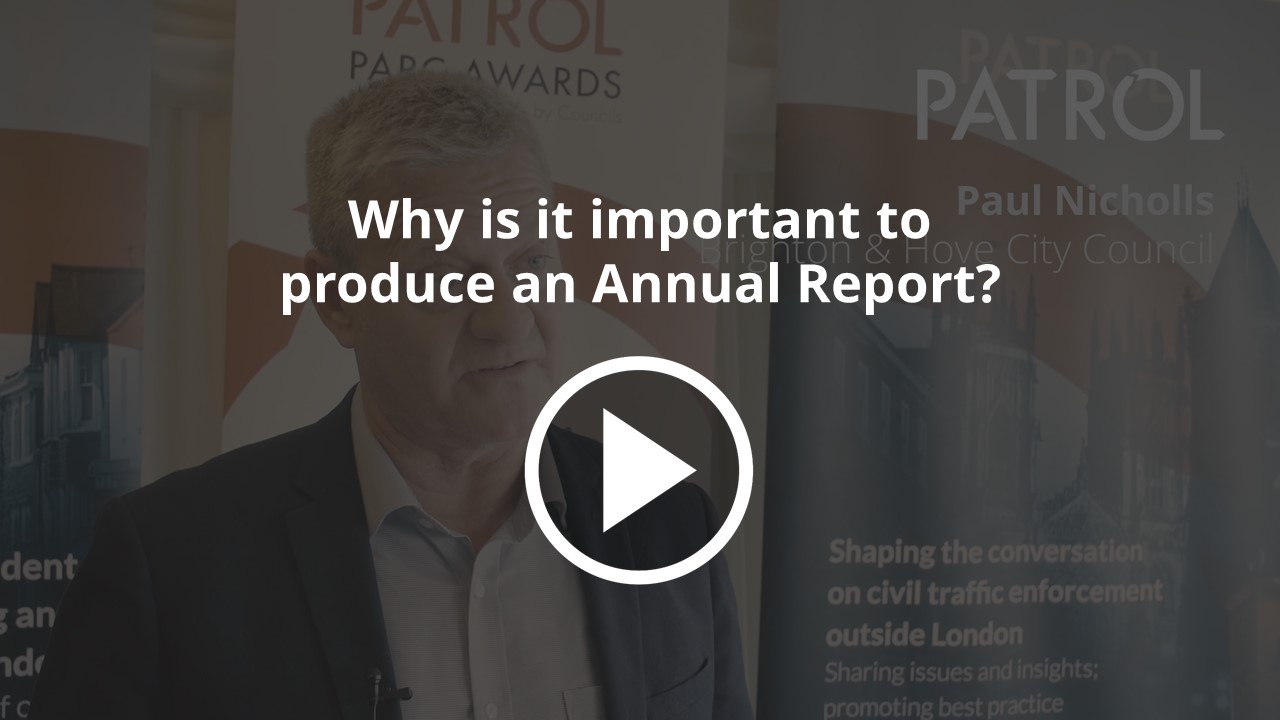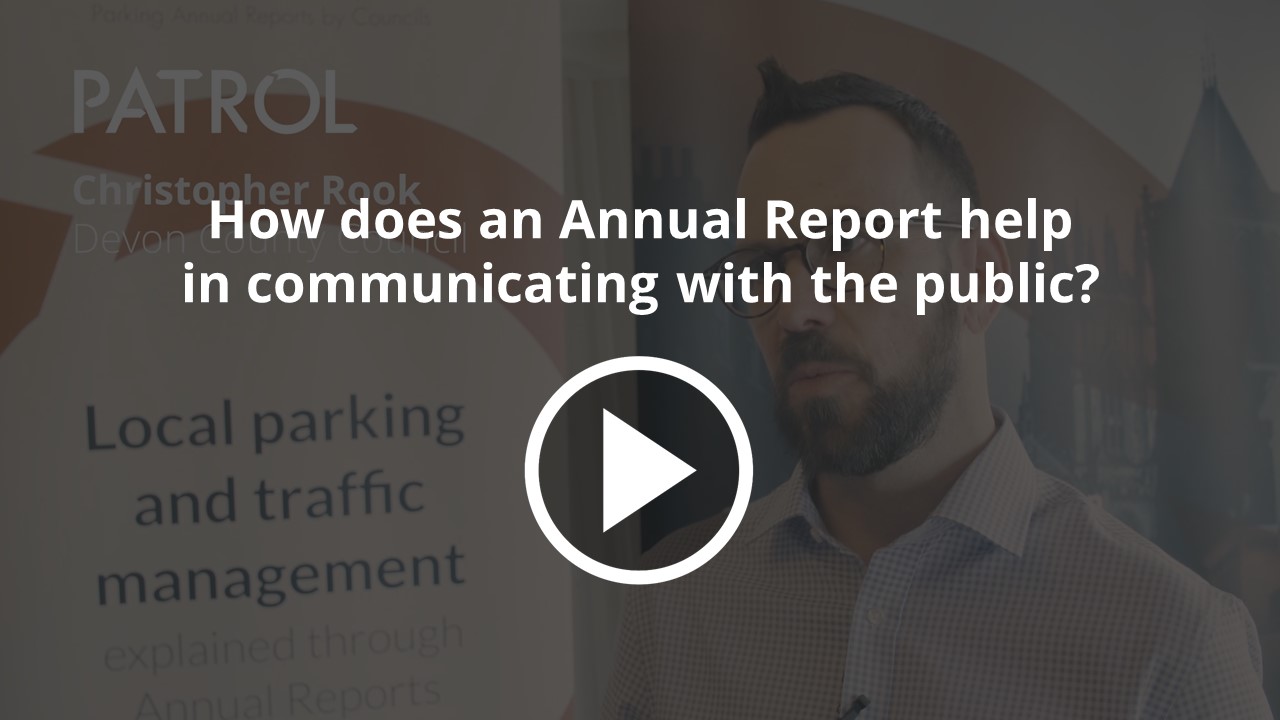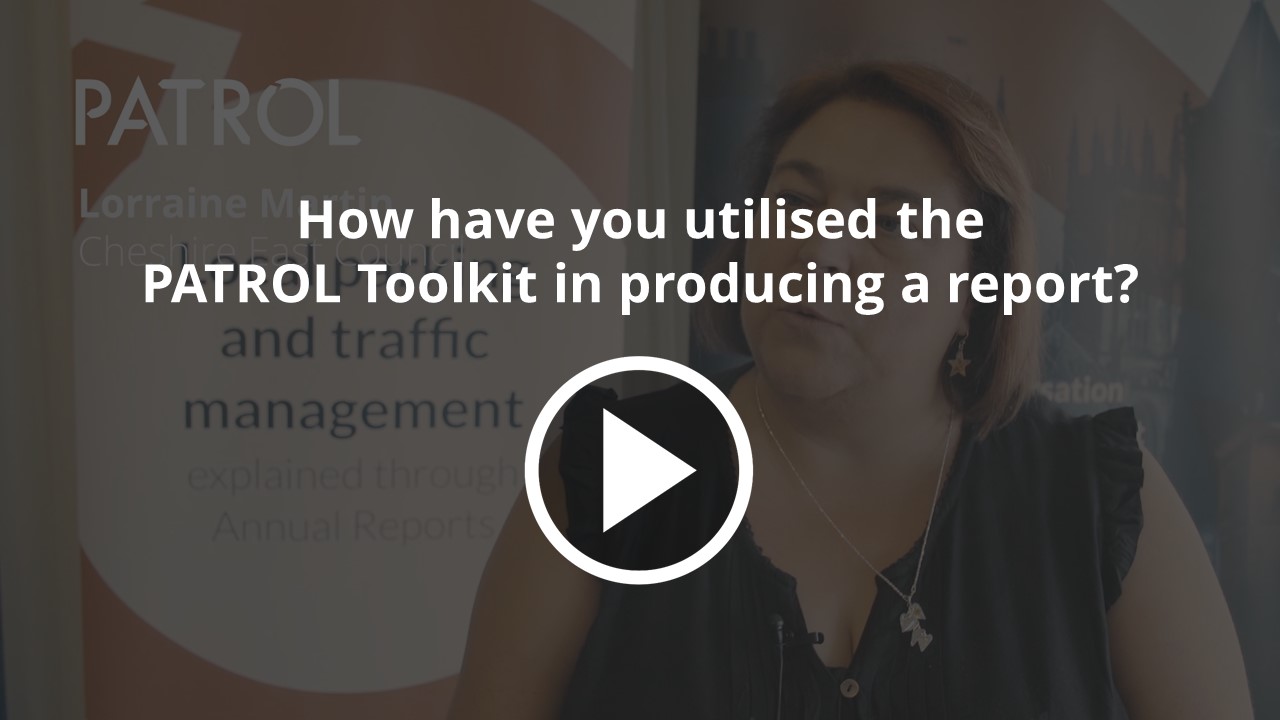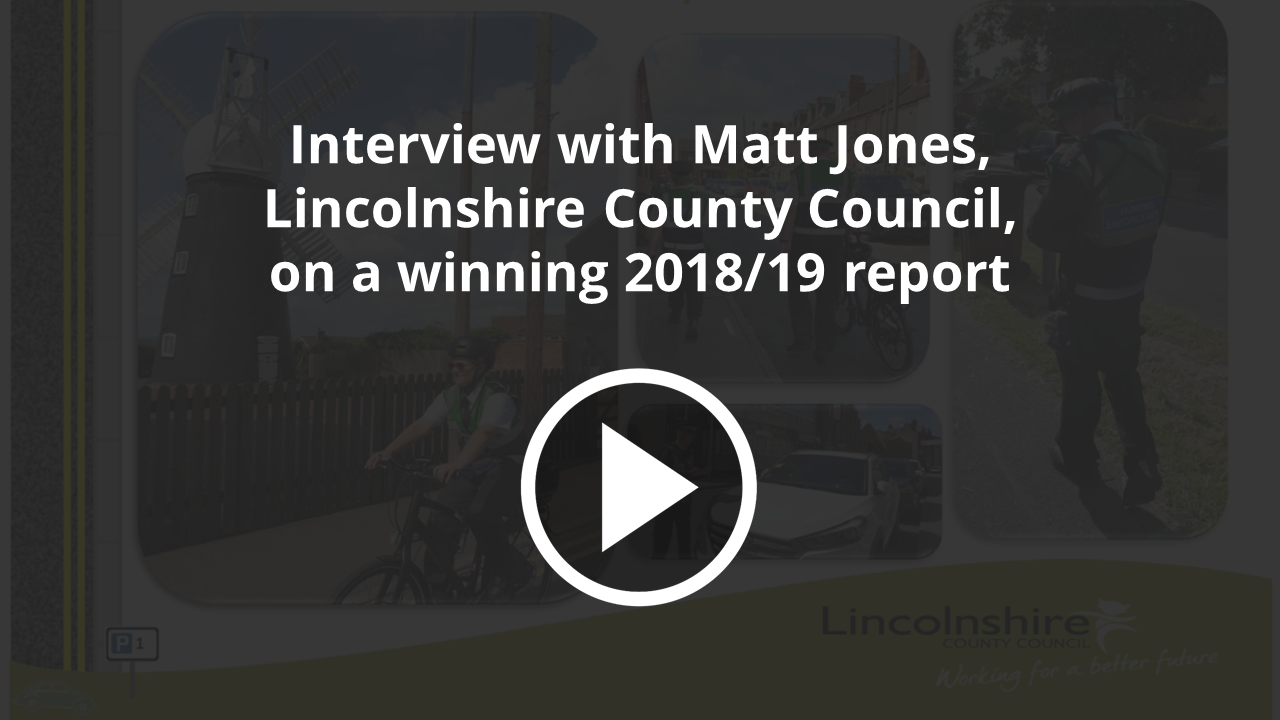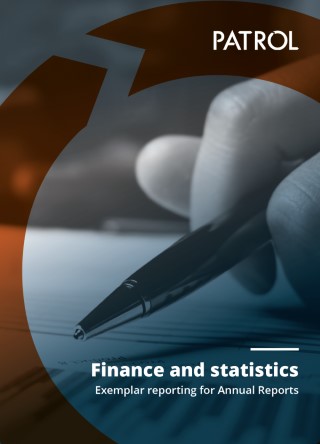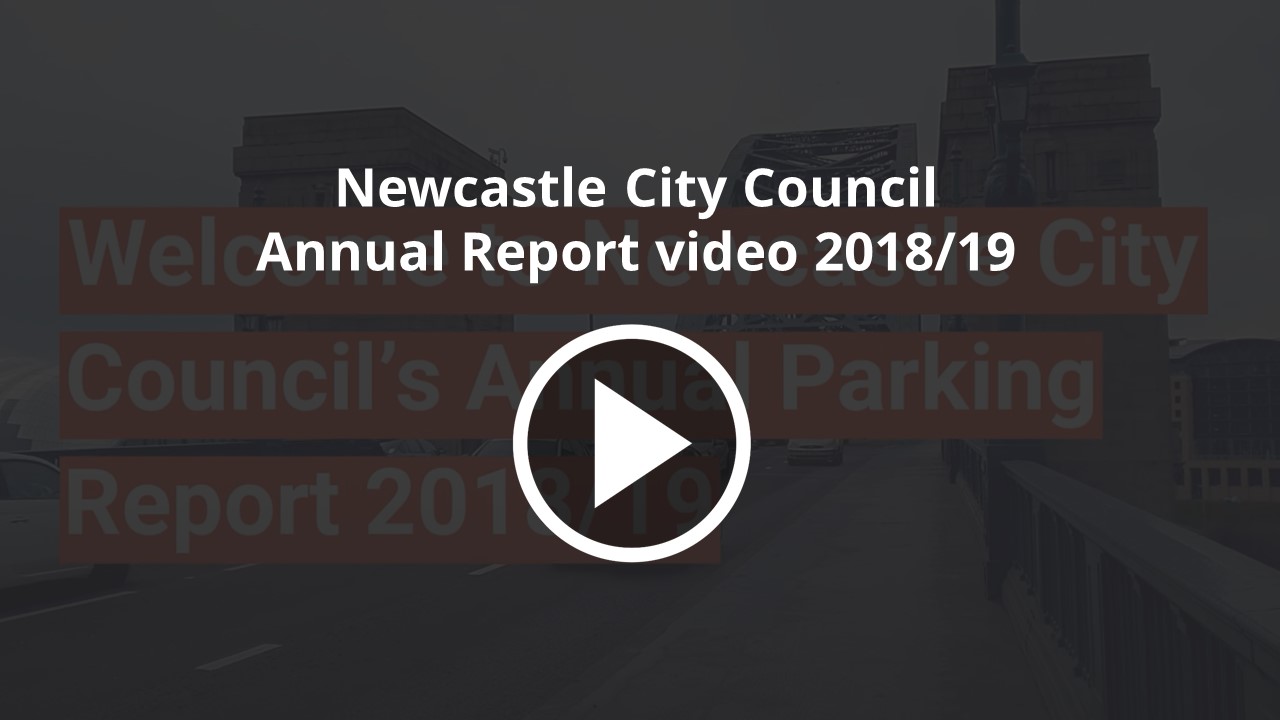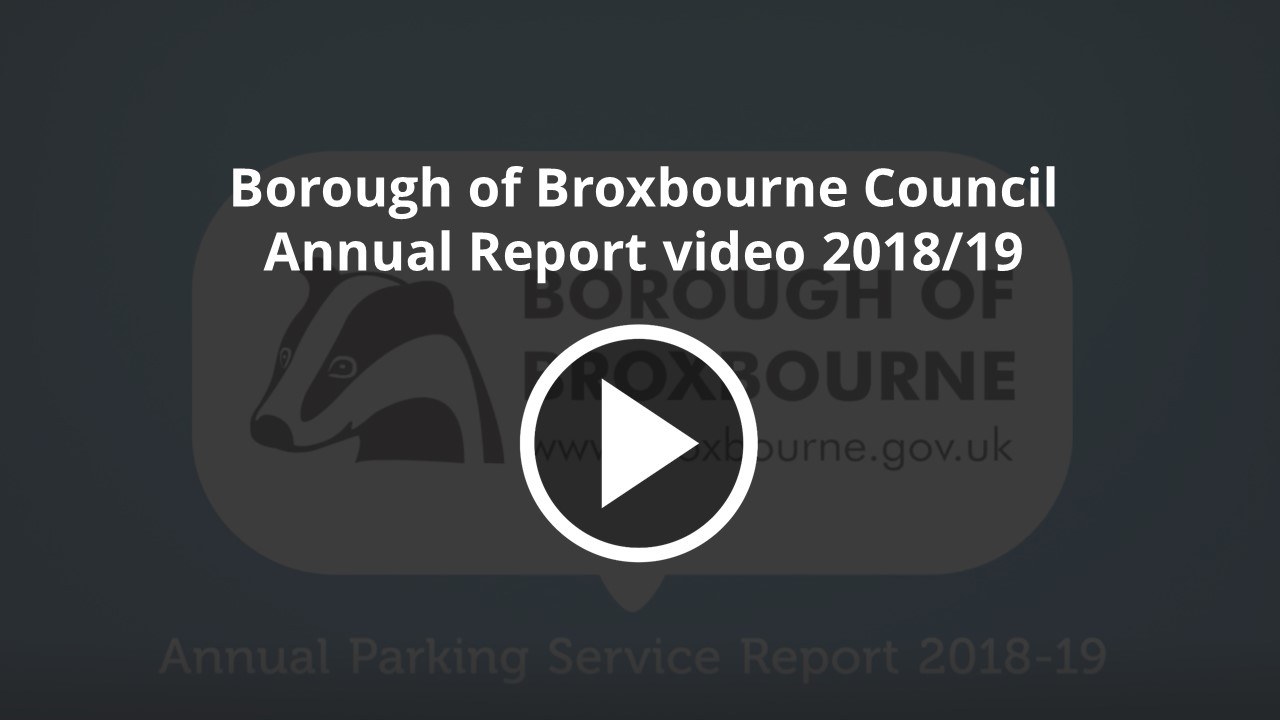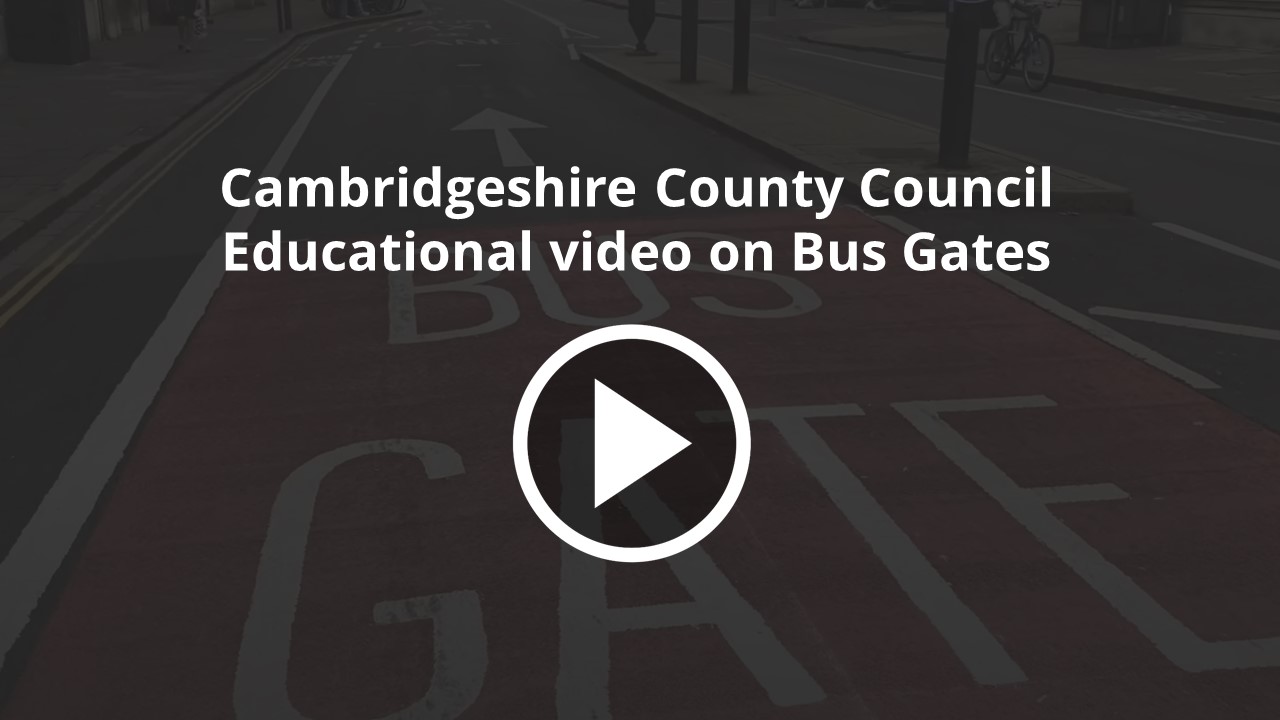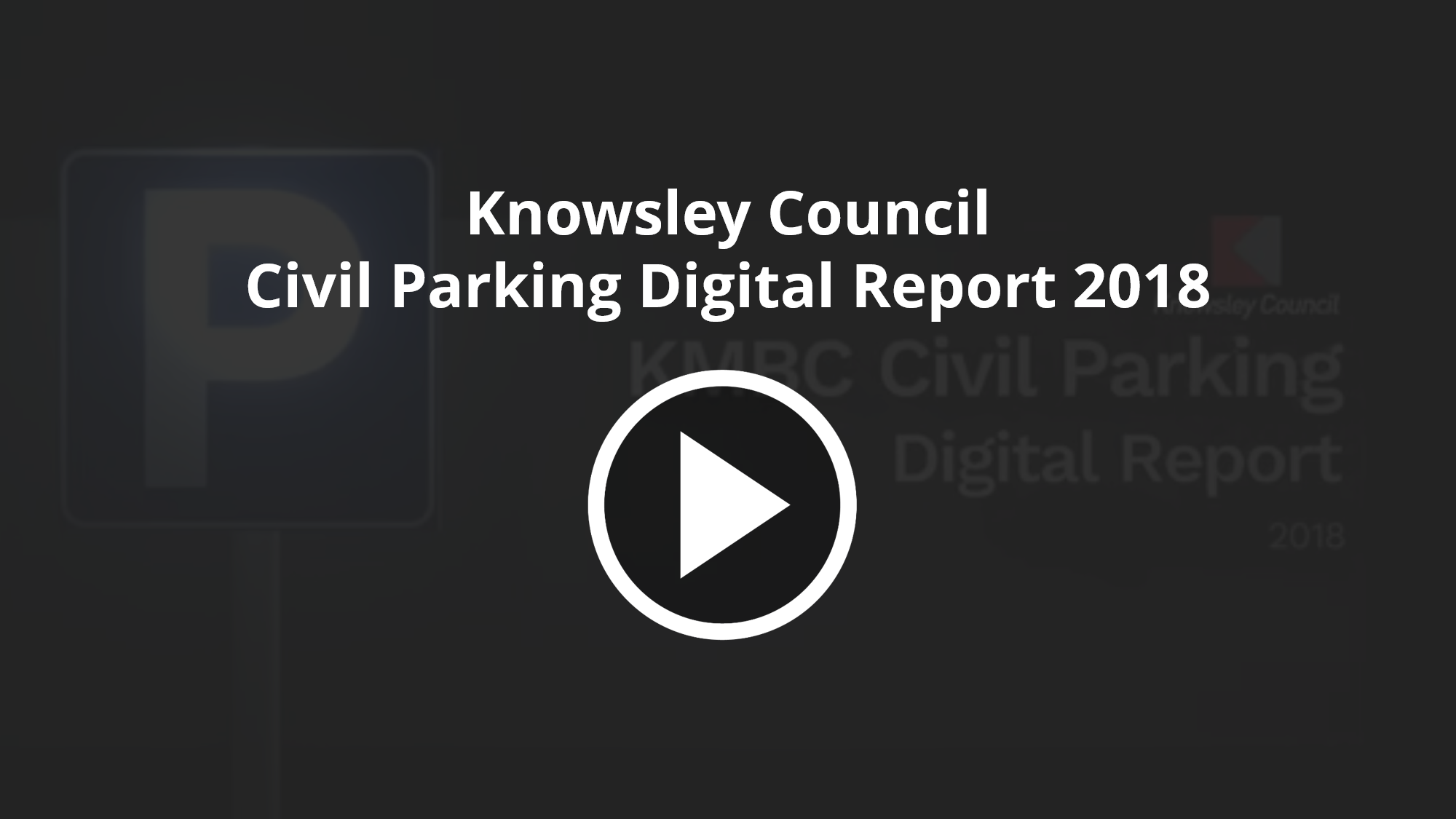
Annual Report Toolkit

Annual Report Toolkit
Why report?

‘It is important that the public understand why an authority has introduced civil parking enforcement … supporting wider transport objectives, in particular keeping traffic moving, rather than raising revenue.’
Guidance for local authorities on enforcing parking restrictions
Secretary of State for Transport
(currently Rt Hon Louise Haigh MP)
—
Parking and traffic enforcement is an issue that provokes strong views from the public, and this in turn is reflected in media coverage of civil enforcement matters.
An Annual Report – well structured, accessible and utilising the best available communication mediums – provides an opportunity to set out clearly and transparently the ‘what, why and how’ of your civil enforcement activities. By doing so, you will be providing vital context around the traffic management objectives that lie beneath, which are ultimately in place to meet the needs of residents, businesses and visitors.
Demonstrate transparency in objectives, approach, decision making and actions
Ensure a coordinated, consistent communication stream with stakeholders
Build community understanding of the ‘what, why and how’ of civil enforcement
Monitor trends to help shape and drive future strategy, projects and innovation
Save time and resources otherwise spent responding to enquiries, FOIs, etc.
Producing an Annual Report:
5 Steps to Success


Step 1
Your service – the what, why and how
… ‘making a start’
With press and public attention often on enforcement issues, explain clearly and transparently why parking and traffic management is needed in your community, and the local factors that impact on how you balance the requirements of different stakeholders, from residents to visitors to businesses.
*
*

Step 2
Innovation and new developments
Explain what has changed / planned changes, either as a result of feedback from local stakeholders or developments in technology. Outline the potential benefits from these changes.

Step 3
Education, enforcement and appeals
Explain why enforcement is needed, what steps are taken to inform the public to promote compliance, your authority’s commitment to fair and proportionate enforcement, and experience from appeals to the Traffic Penalty Tribunal.

Step 4
Transparency in finance
You have a ready opportunity within your Annual Report to clearly set out the income, expenditure and – crucially – the use of any surplus of your department. A transparent approach is one of the key ways to dispel negative, incorrect assumptions.
The clear presentation of financial information in an Annual Report helps to provide the transparency required to present the local financial aspects of civil parking enforcement.
PATROL has asked David Leibling, Transport Consultant and regular member of the PACER Review Group, to help produce an ‘exemplar’ reporting document, which is intended to act as a template or ‘blueprint’ for your authority to produce a financial and statistics section of your next Annual Report.
Click the cover image or access the document here.
(Please note: Content and figures included in the document are fictional and for illustrative purposes only)

Step 5
Utilising digital channels
We live in a time of ever-increasing, unstoppable evolution to online and digital communications and transactions, and your audience and stakeholders being able to engage with your services and content in such a way is now often an expectation, rather than a ‘nice to have’.
*
*
What about design?
Great design means a lot more than a few nice pictures and fonts – though these are both still important considerations…
Graphic design can often be overlooked as a ‘nice to have’ or surplus to requirement, particularly when presenting information that could be considered necessary or ‘normal’. There is also often a tendency to see graphic design as a barrier or hurdle to getting the job done, when in fact it should be the opposite and make both the presentation and retention of information easier. The other fatal mistake is to see design as having to be complicated, sophisticated or ‘impressive’. As the famous line from the TV series Mad Men goes, ‘make it simple, but significant.’
With this in mind, the most important thing your authority can do when thinking about graphic design for its next Annual Report is ask itself this question: ‘How can we show and tell who we are, what we do and why it matters in a visual, but simple way?’
Once you’ve written up the ‘words’ of your next Annual Report, why not start by thinking about showing some of the more complicated or lengthy sections (or part of them) in photos or diagrams instead? Now move on to the less complicated sections and so on. Hopefully, by the end your report will be punctuated with design elements that will really help engage your audiences.
One final thing to remember is that your report doesn’t have to be long and detailed to enable your reader to understand the information.A ‘concise’ report, with the different sections that make up your report being short and to the point – perhaps with hyperlinks out to further information or complemented by video content – can be just as effective.
A few ‘top tips’
Always aim for a consistent brand (in other words, look and feel) to your report. This might be a particular colour scheme, the same fonts (or groups of fonts), a set of icons that all look similar or using a particular type of shape to frame images and content.
It’s a good idea to ‘pepper’ graphics (photos, diagrams, icons, etc.) throughout the report to keep readers engaged, particularly in relation to key information you think is important for them to know.
Try and avoid using ‘stock photography’, if at all possible. If one of your team has a smartphone with a camera, take the opportunity to go out and photograph the work you’re doing, your town or city, your people, signs, etc. Original, on-location images really help bring a report to life.
If you’re presenting statistics on PCN numbers or appeals, can you use a pie chart, a bar graph or an infographic to show the information in a digestible format alongside a table?
Can you use a visual ‘theme’ (for example, a set of icons) to indicate different sections of your report (Customer Service, Innovation, Enforcement, etc.? These could be introduced in the contents page and then be used consistently throughout the document.
Get inspired:
Past reports archive
Access an archive of councils’ past parking and traffic enforcement Annual Reports in PATROL’s Local Authority Directory (opens to PATROL’s website in new tab).
